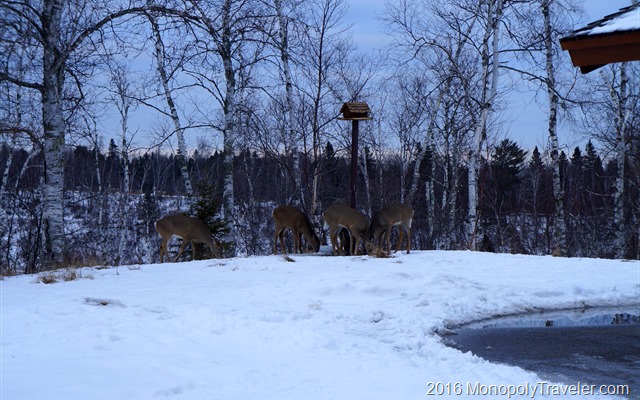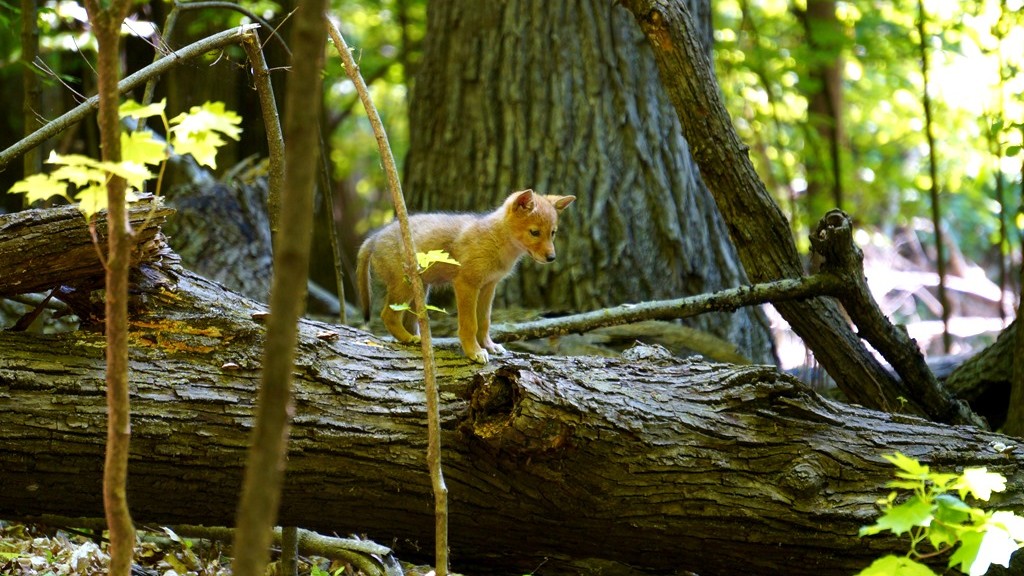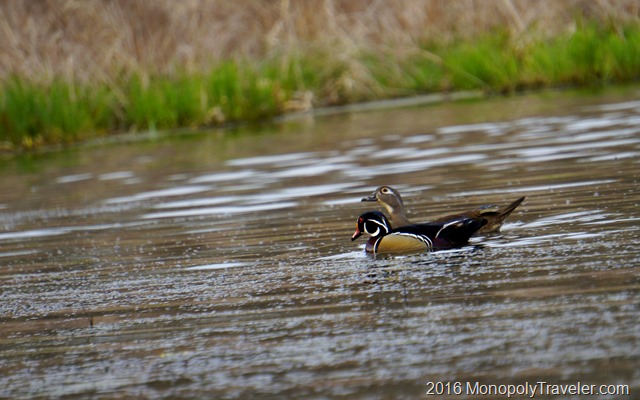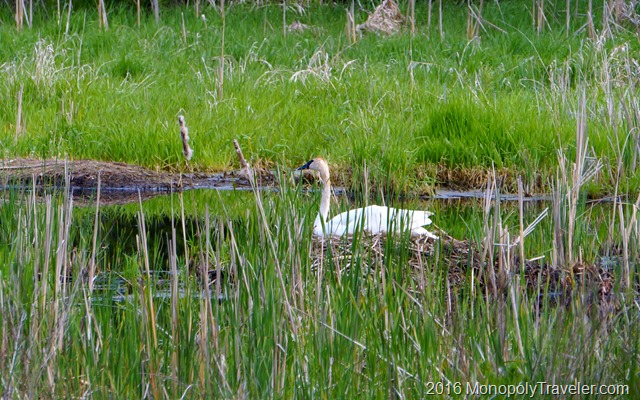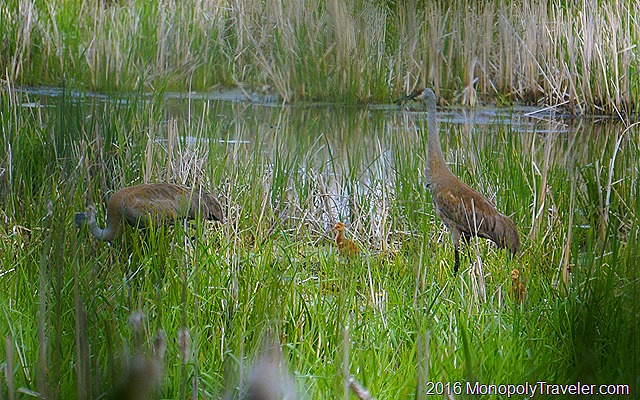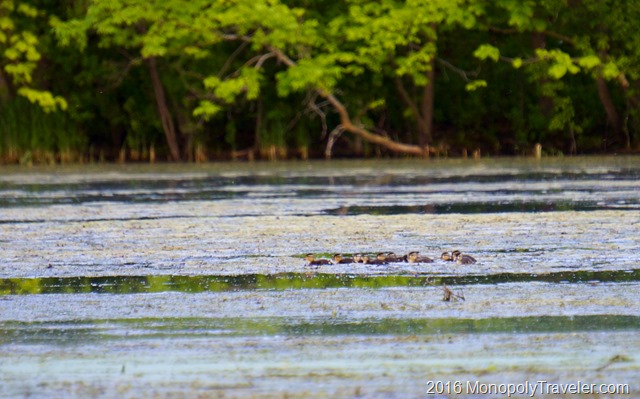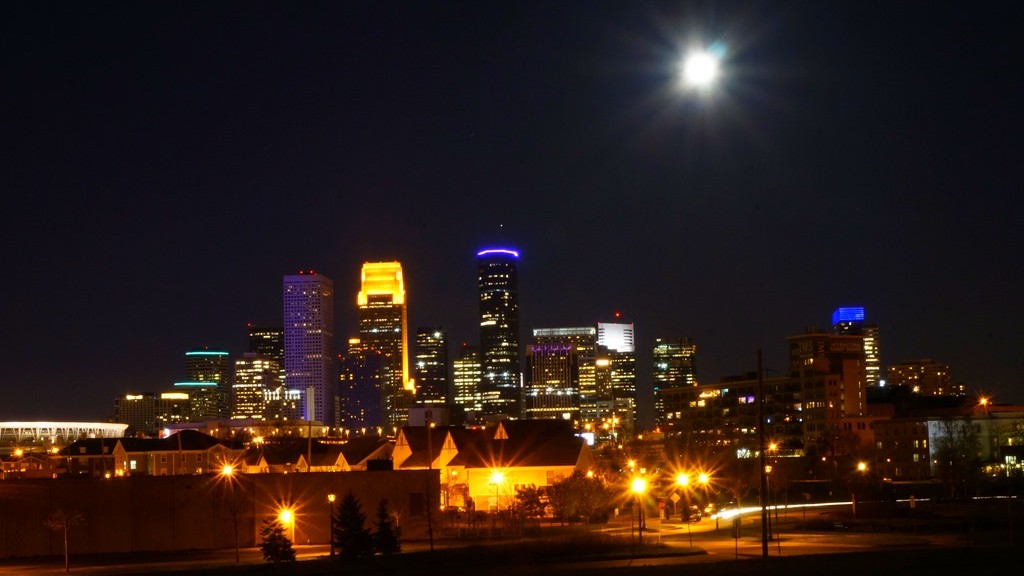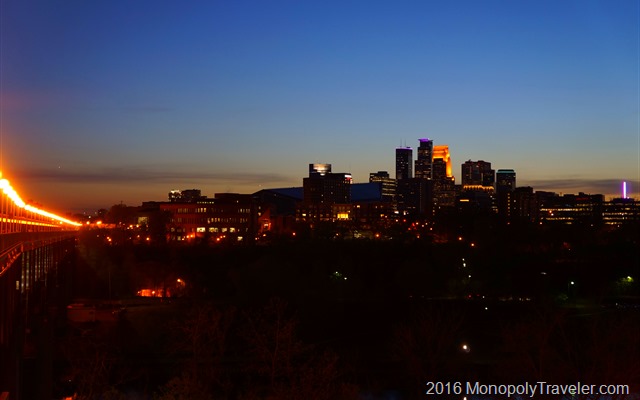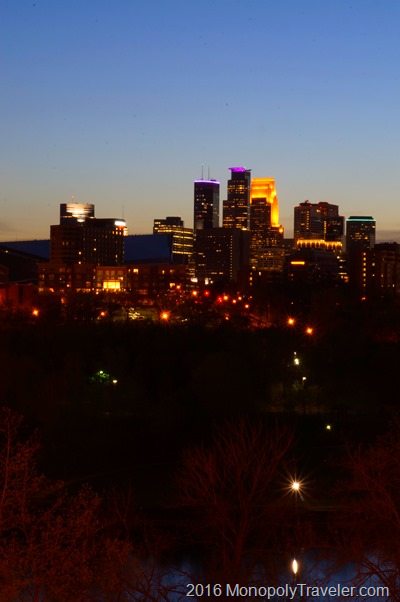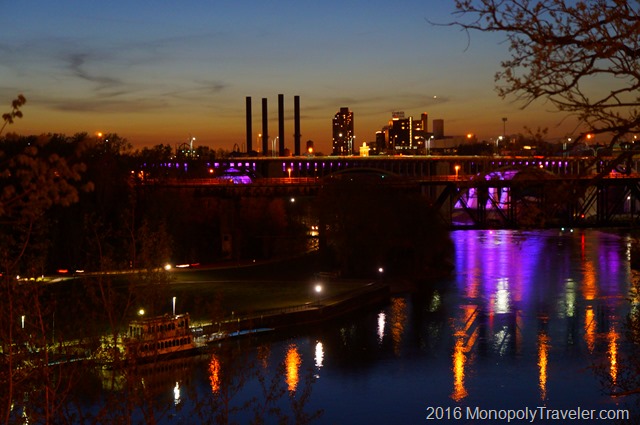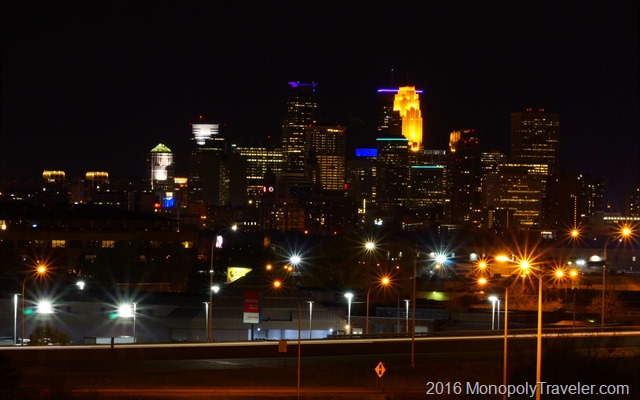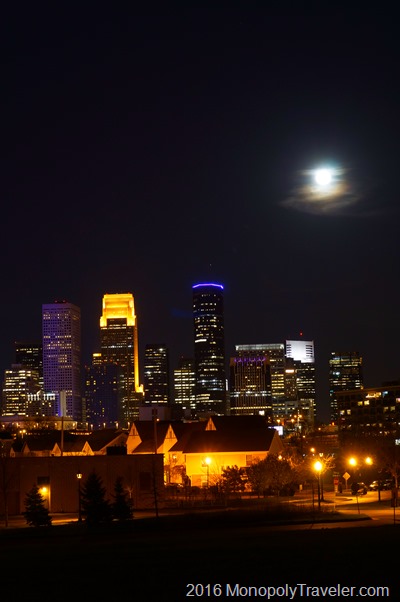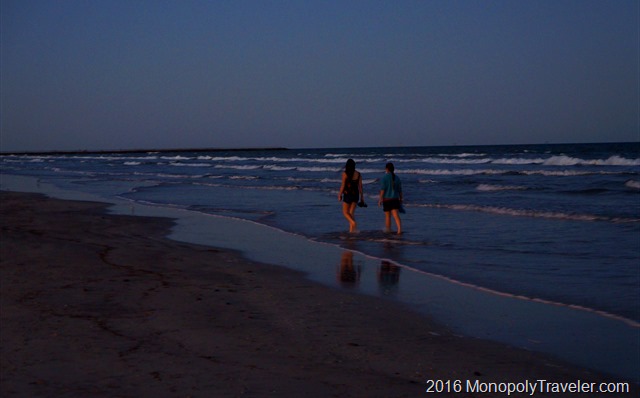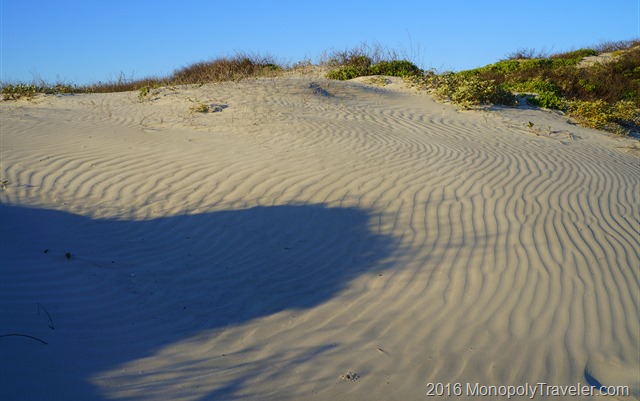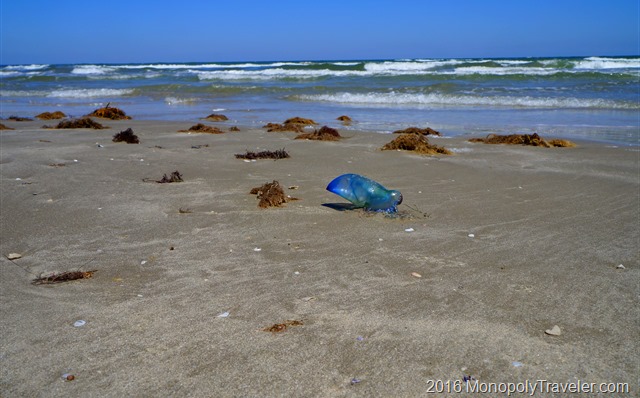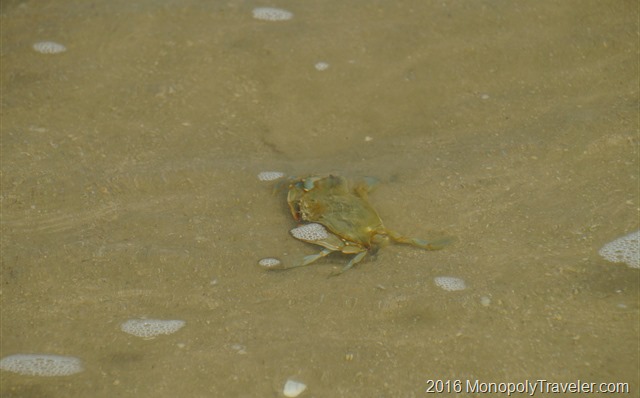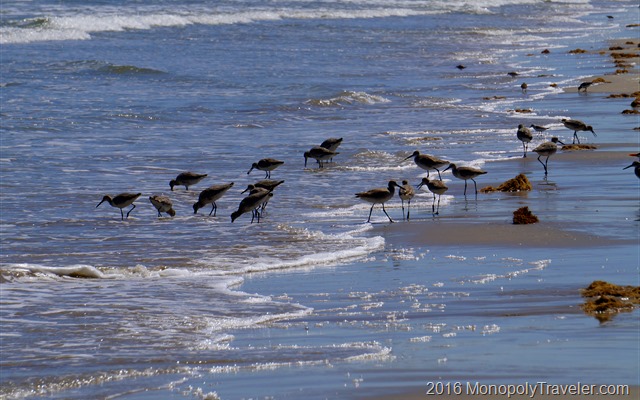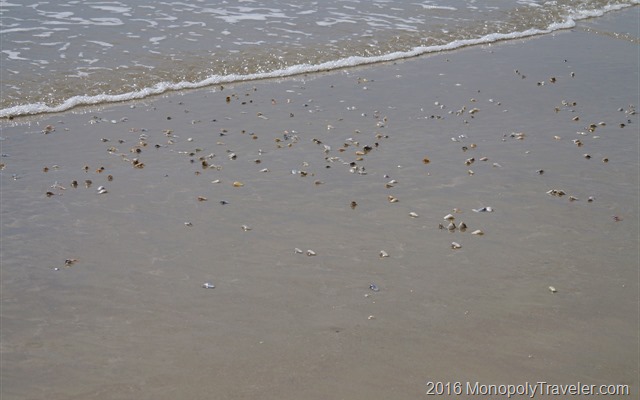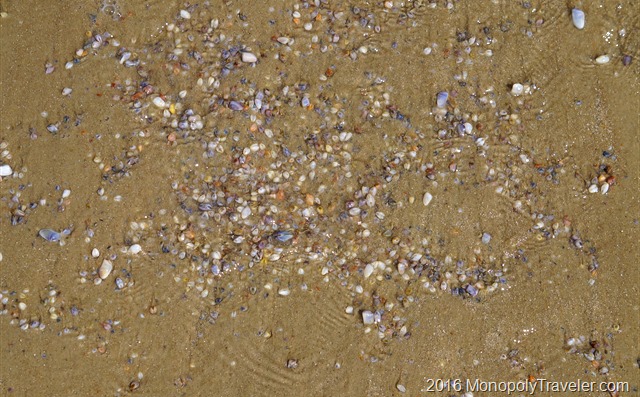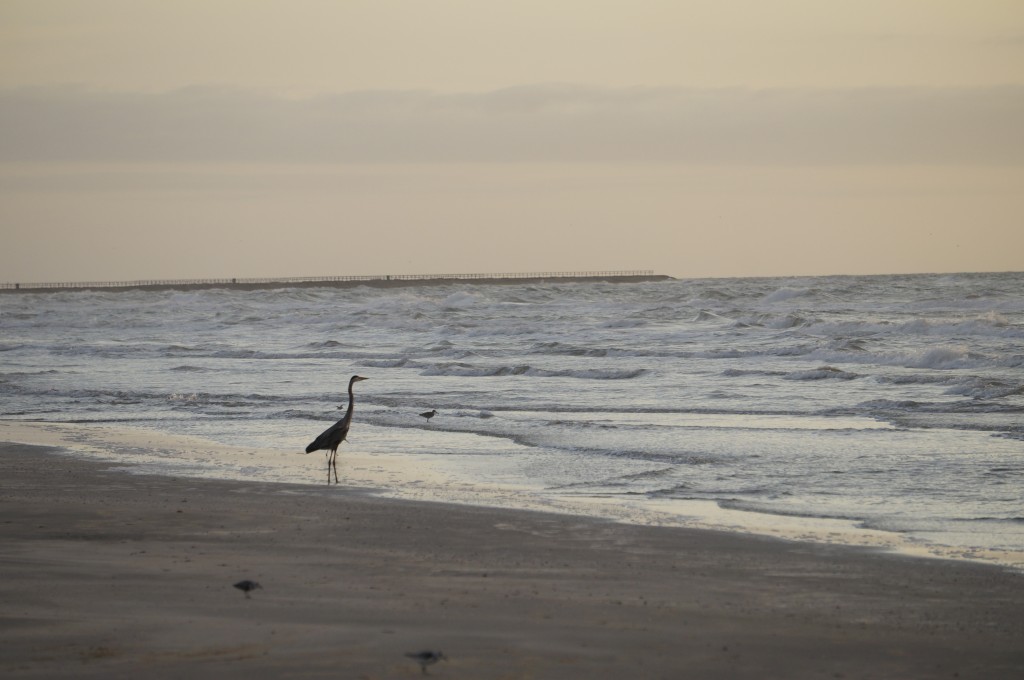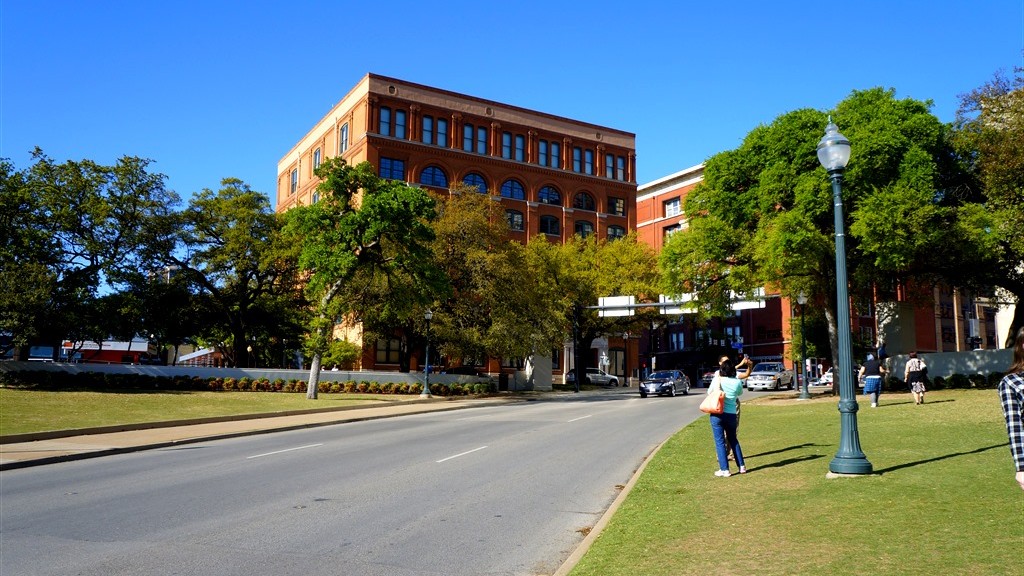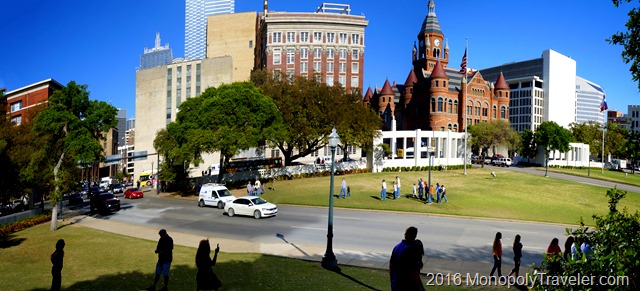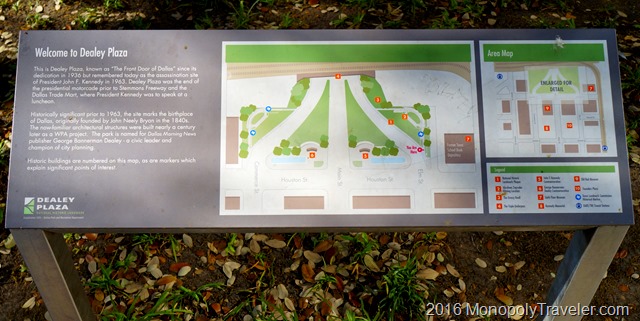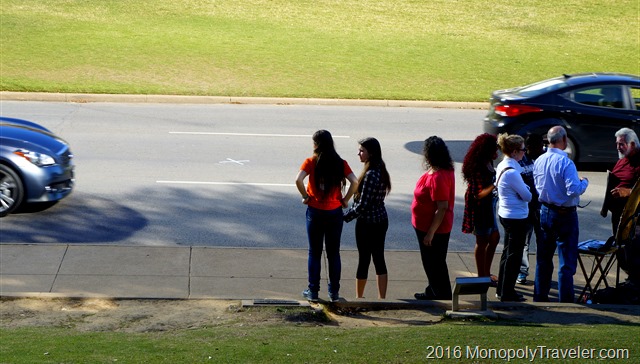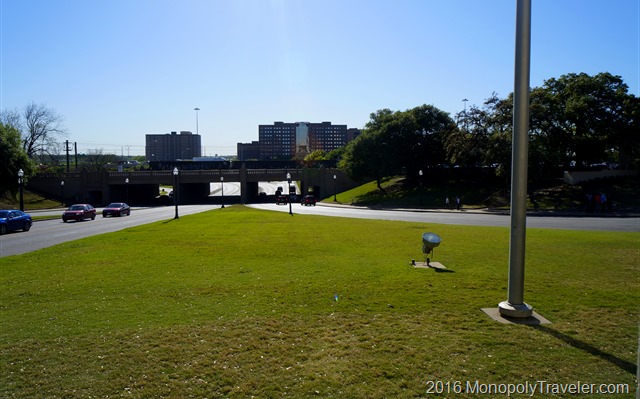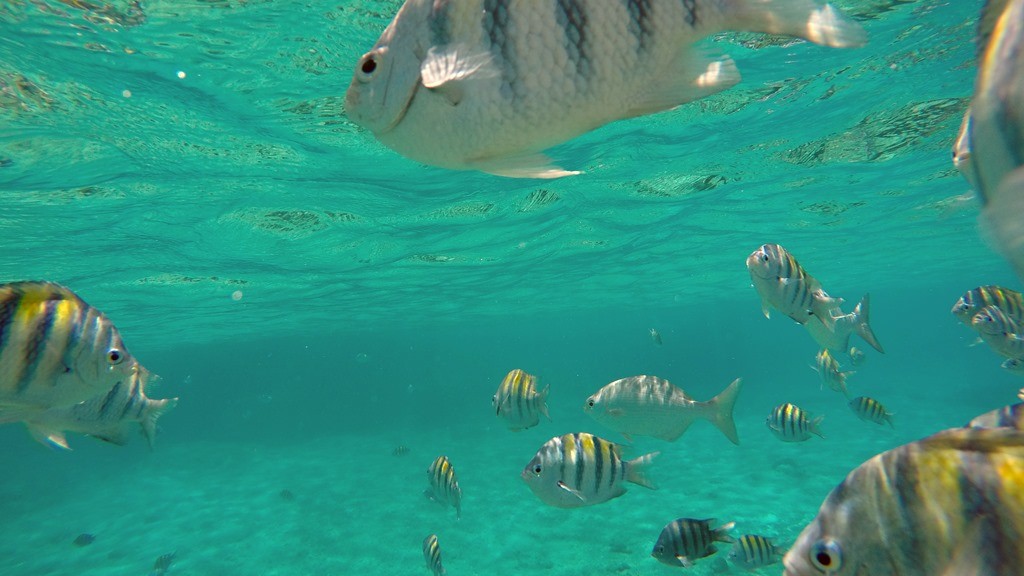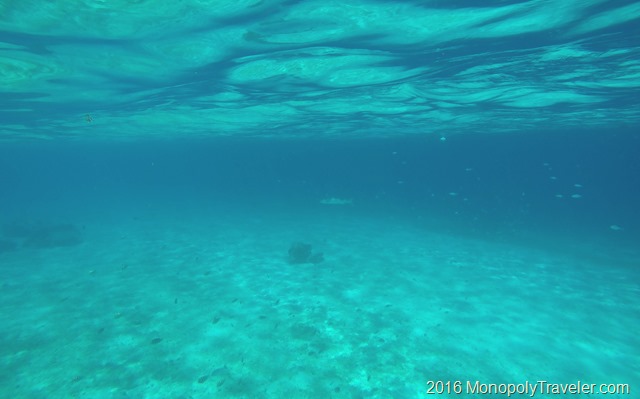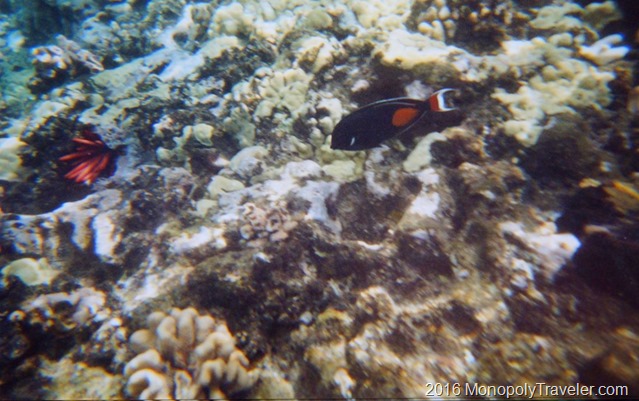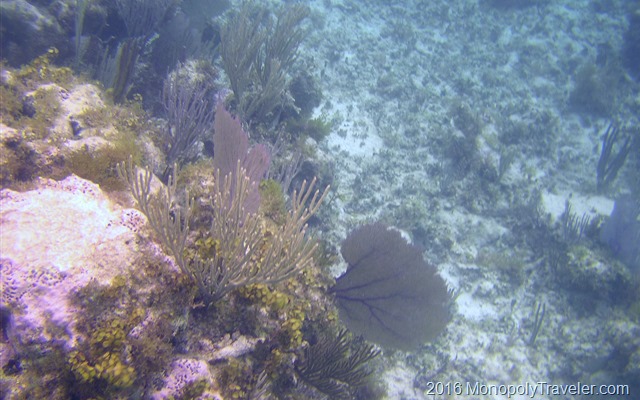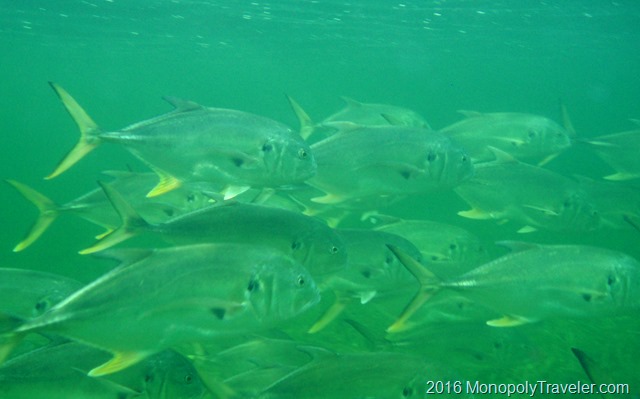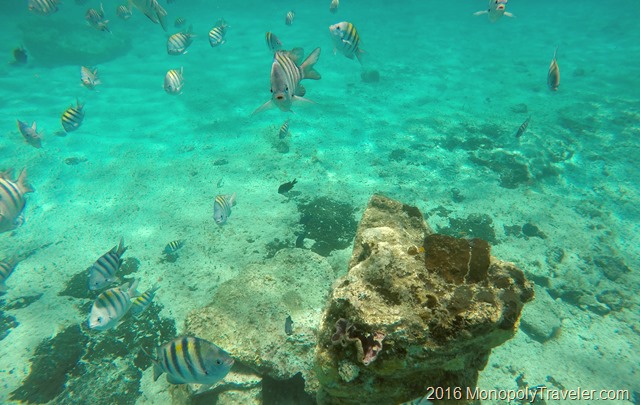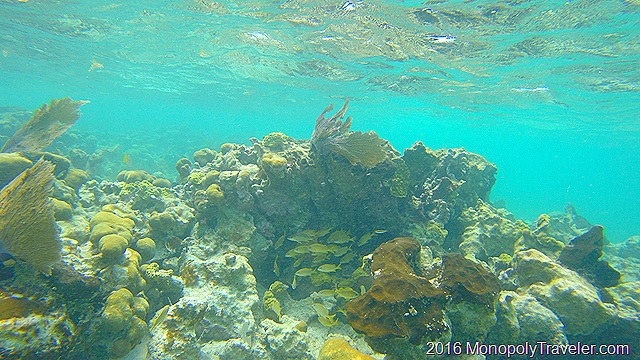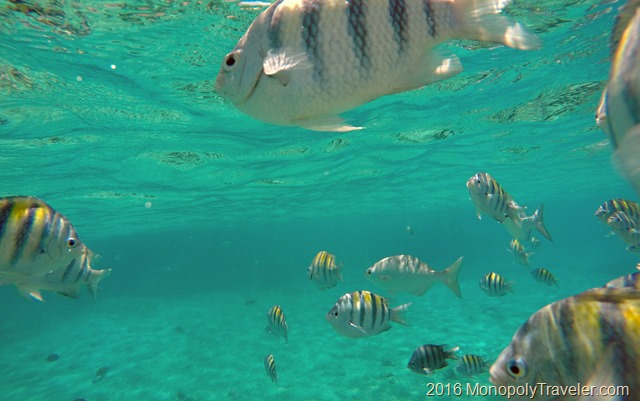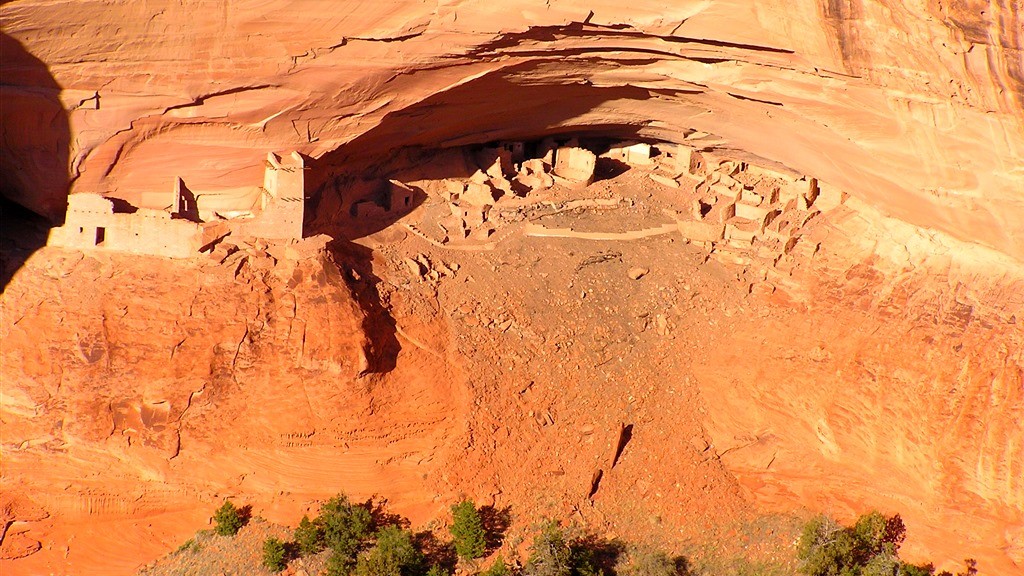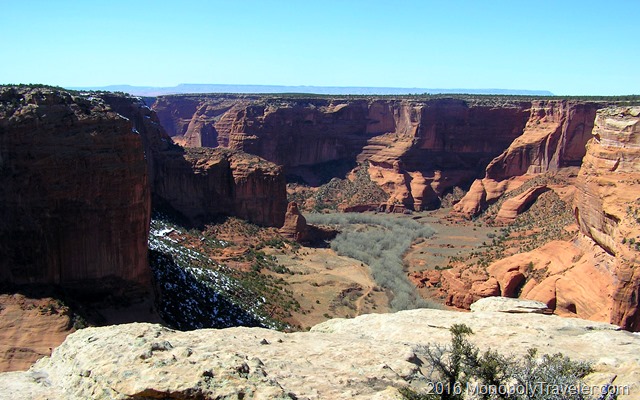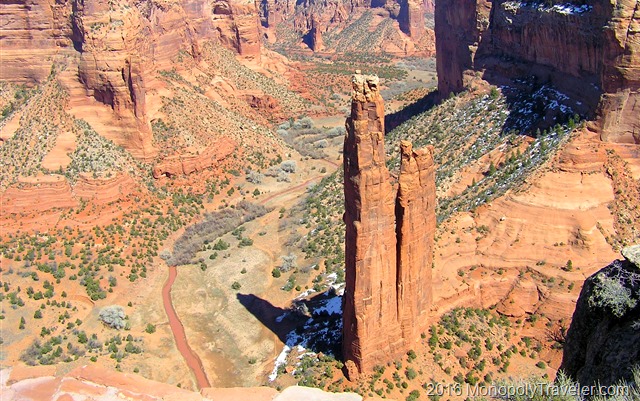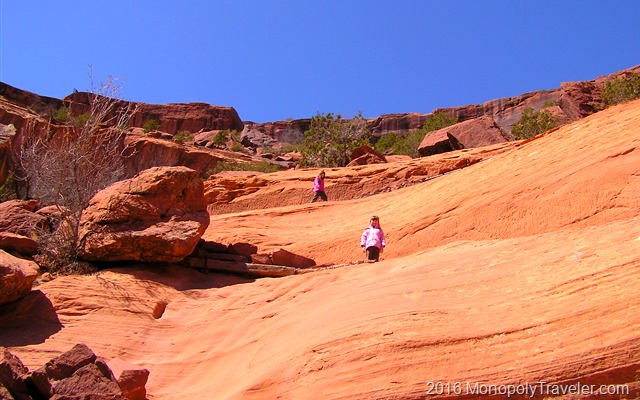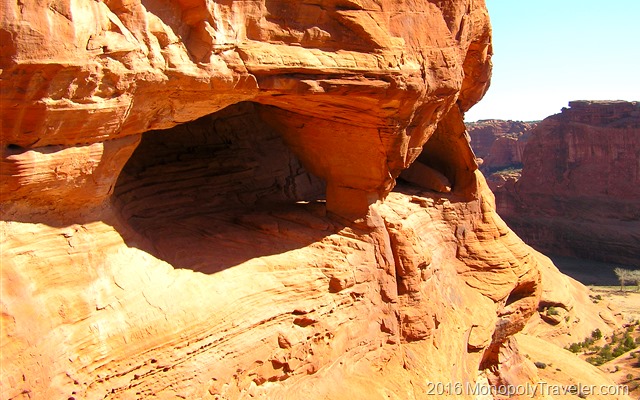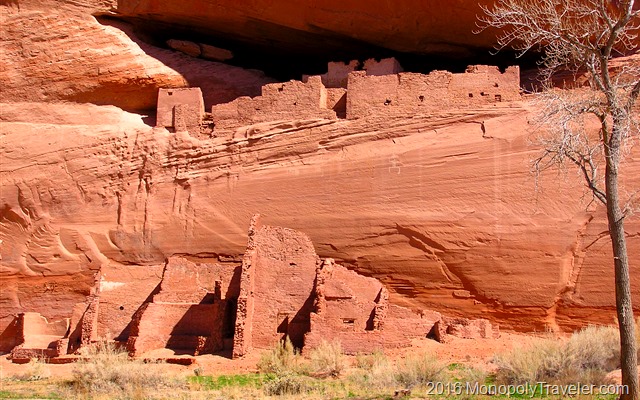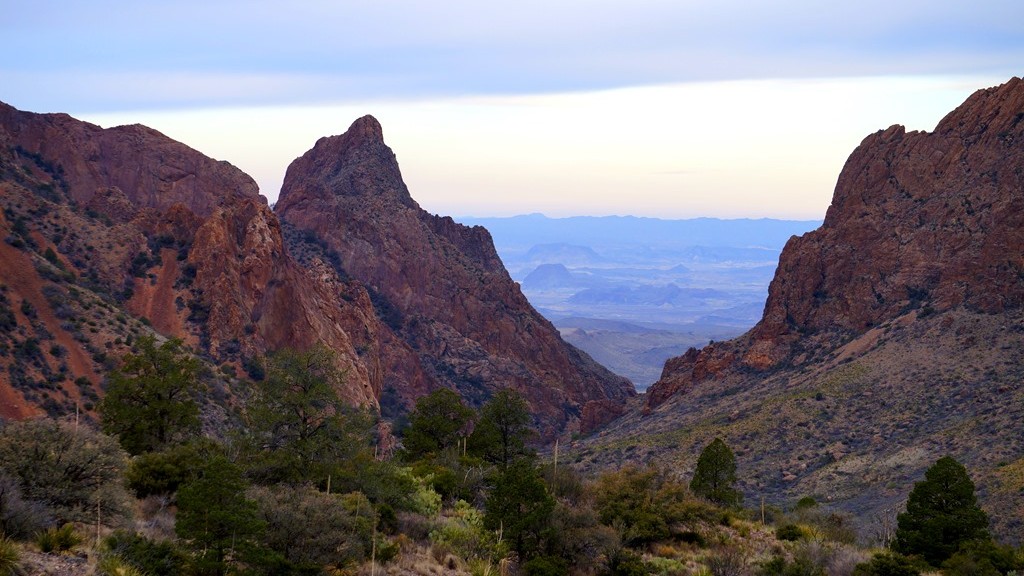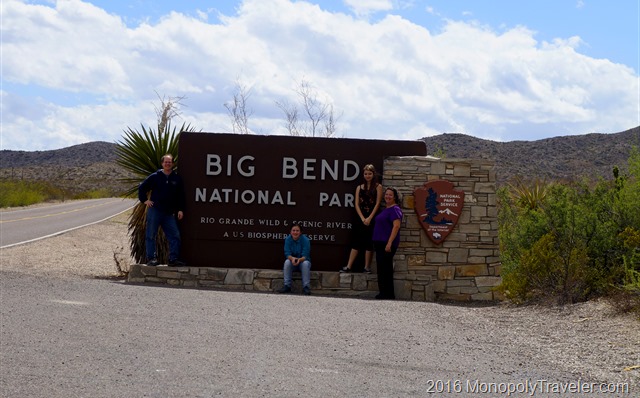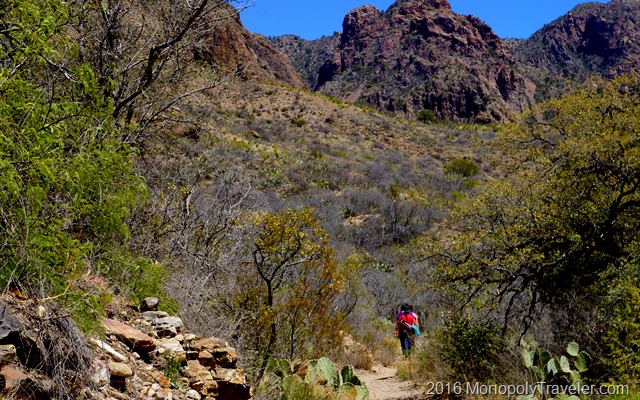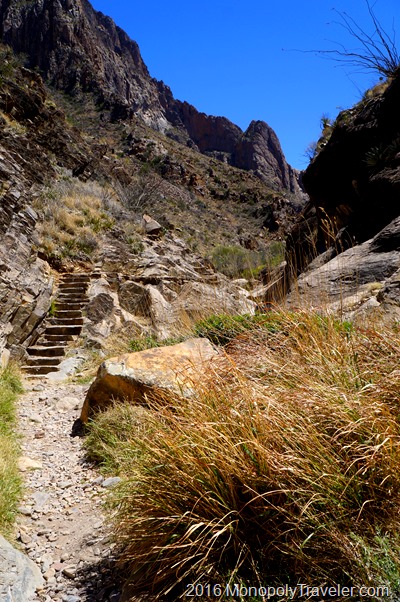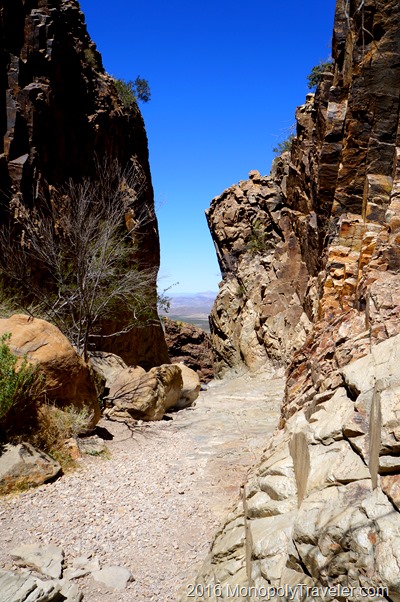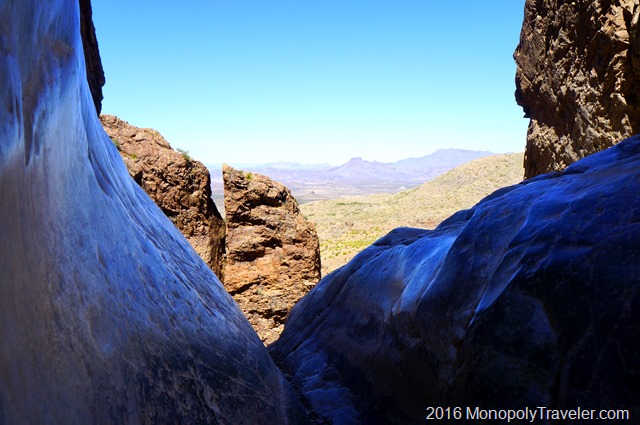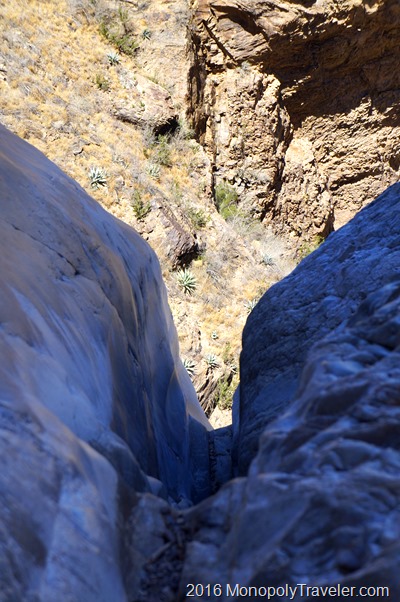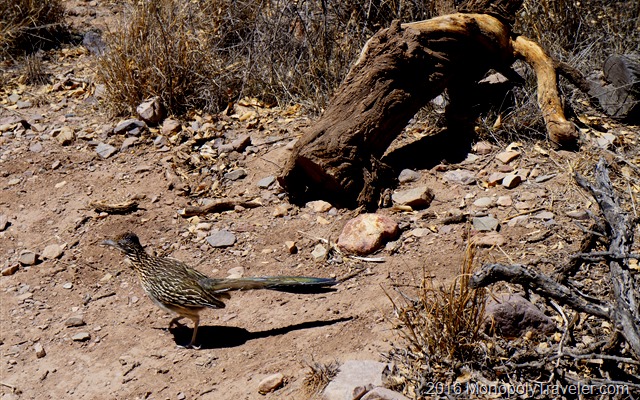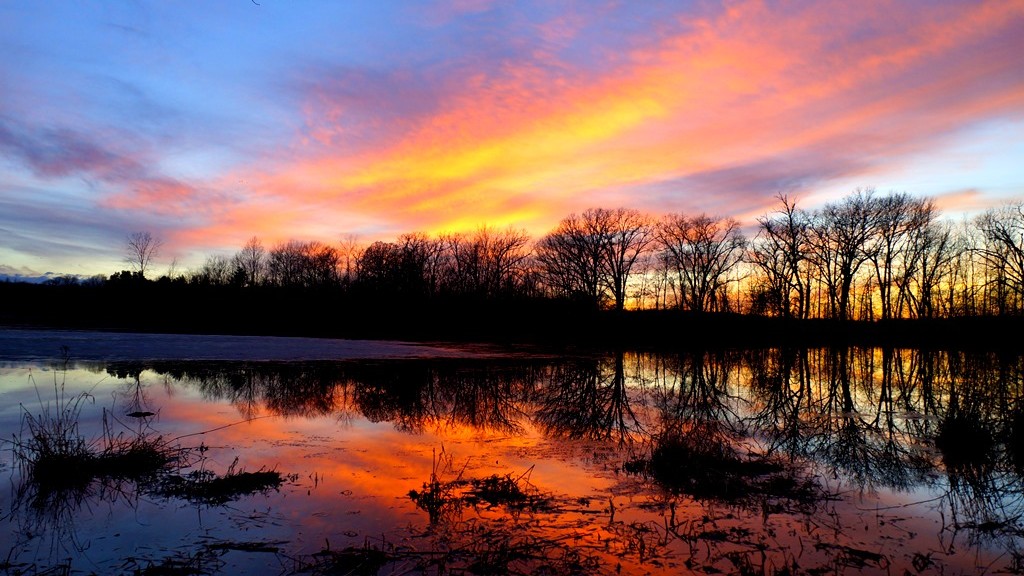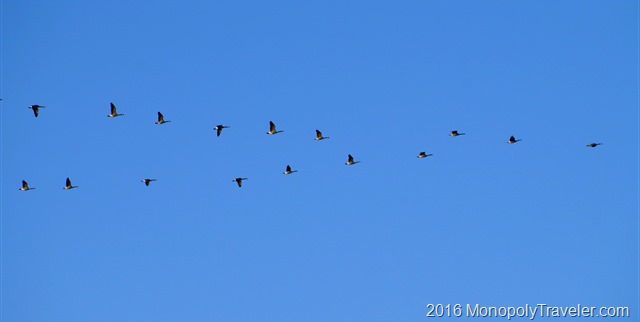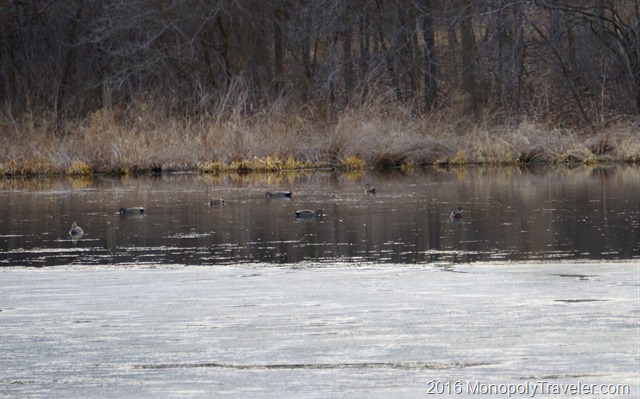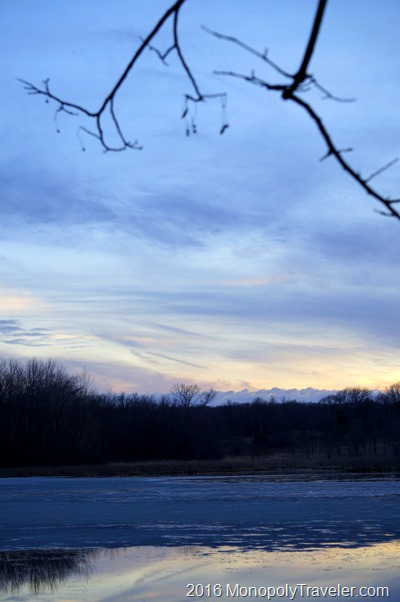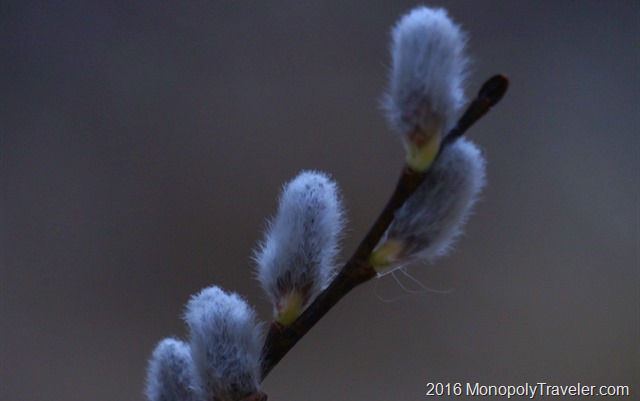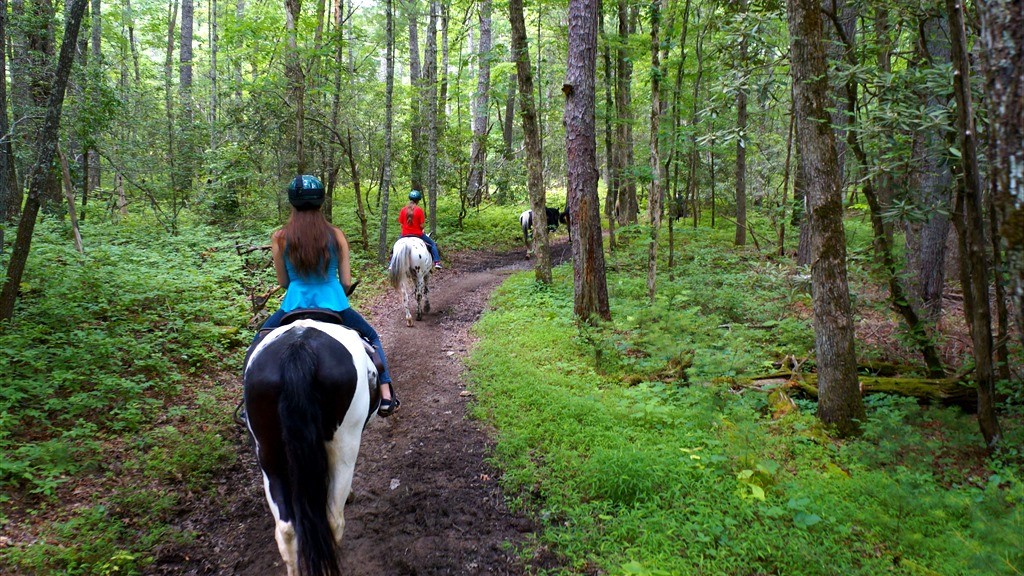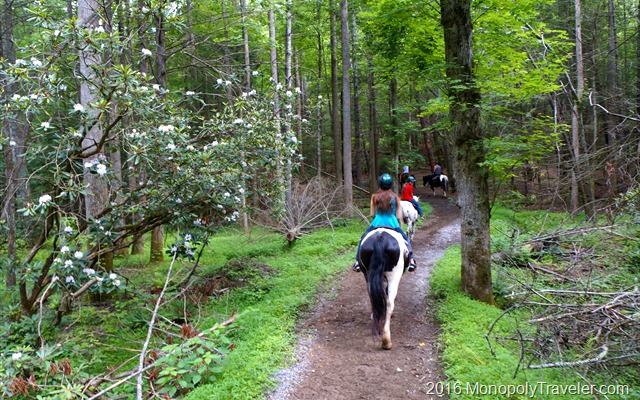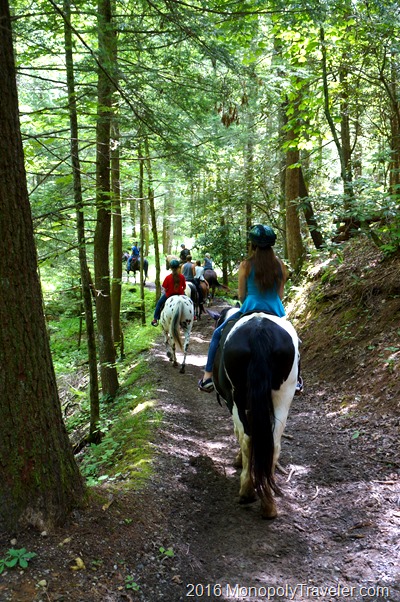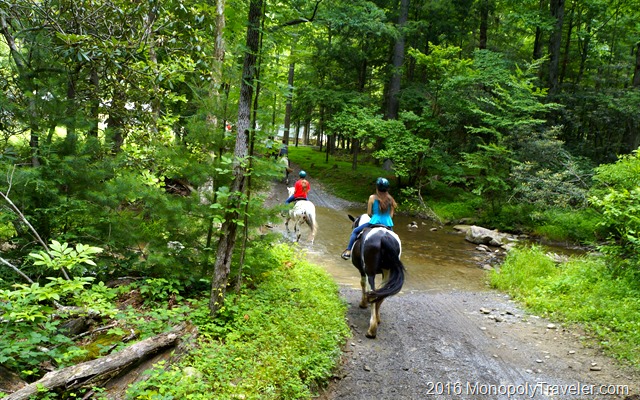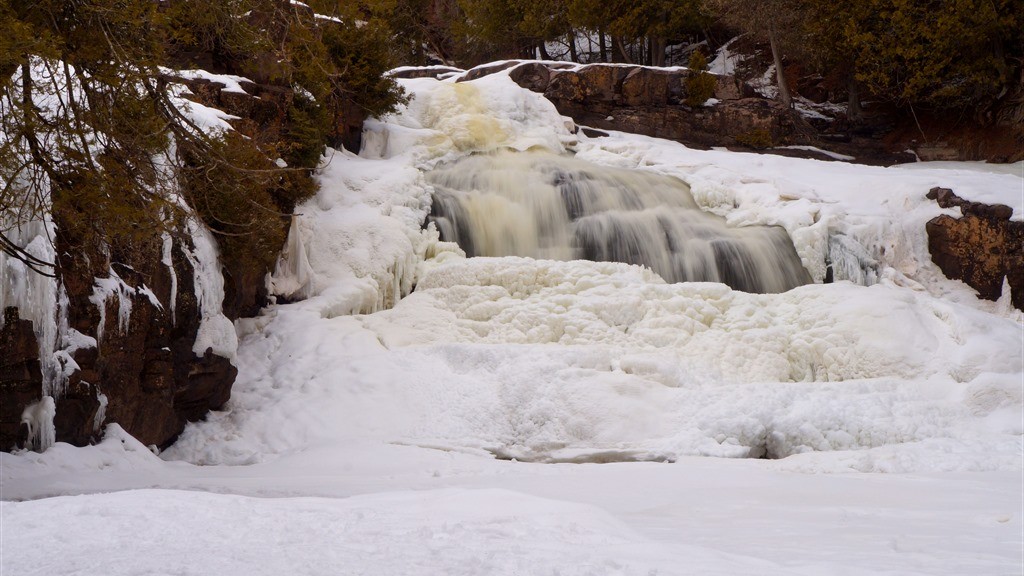After a day snowmobiling through Northern Wisconsin we (my cousin and I) wanted to take in a waterfall or two coated in fresh snow so off to Gooseberry Falls we drove. That was the last weekend of the season the trails were open for snowmobiling as it worked out. How fortunate for us?! I was expecting the river to be flowing freely surrounded by fresh snow for some very picturesque landscapes. To my surprise the ice was still well intact over much of the river and waterfalls. For a comparison I’ve included a photo of these same waterfalls during the summer.
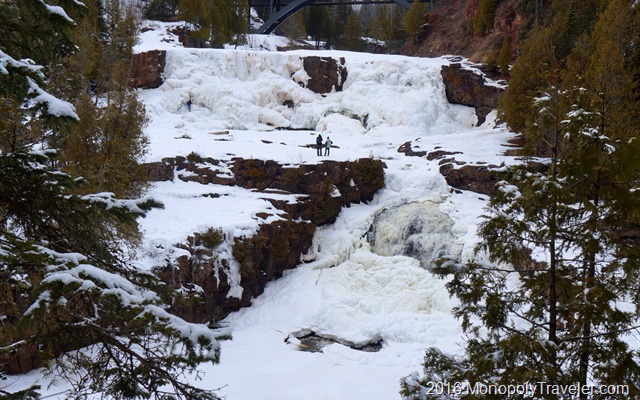
I’ve never been to this area during the winter to see what the waterfalls look like iced over so this was interesting to explore in a completely different perspective. Seeing the waterfalls frozen made me wonder what the process looks like during the winter as the ice gets thicker and thicker. I was also surprised how many people were visiting the falls and taking in a beautiful winter day exploring this state park.
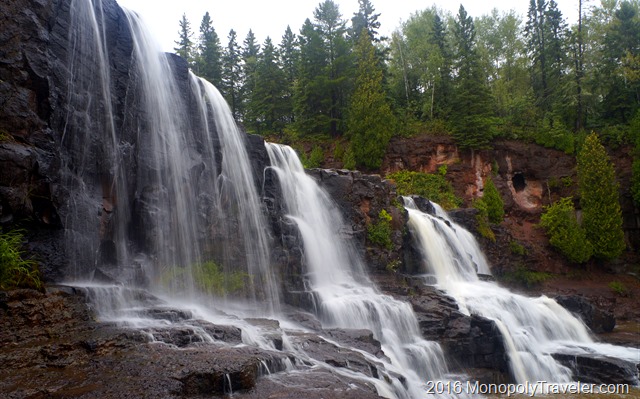
Most of the visitors were hiking around the falls, which is what we were doing while some were there to photograph the ice covered waterfalls and one individual was climbing up and over the frozen portions of the falls. Taking some time to talk with him, he says this is his winter version of rock climbing, an activity keeping him out and about enjoying life. It was fun to watch as he picked through the ice with axes and cleats.
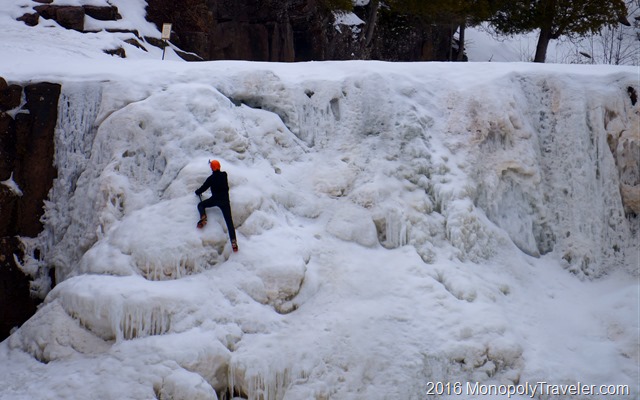
While hiking through the state park I discovered trails in locations I wasn’t aware of trails before. I’ve been to this state park a number of times and never discovered a trail on the opposite side of these waterfalls on top of the cliff overlooking this gorgeous landscape. The views from this newly discovered trail are well worth the extra distance required to get to them. That’s were many of these pictures were taken from. You can see the different angles between most of the waterfall photos and the summer shot.
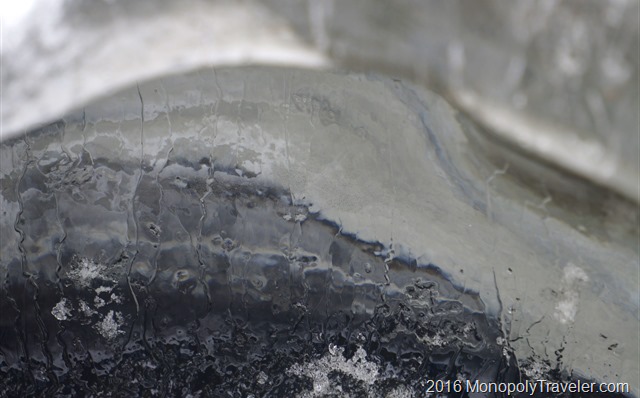
Because one of my goals for 2016 was to photograph snowflakes, I’ve started to look more closely at some of the details in the ice and snow this year. Especially melting ice and snow. The picture above shows the layers that make up ice covering the river as portions are beginning to melt. Some of the freshly fallen snow was beginning to melt and gliding down the ice creating interesting trickles across the several inches of ice still coating the river.
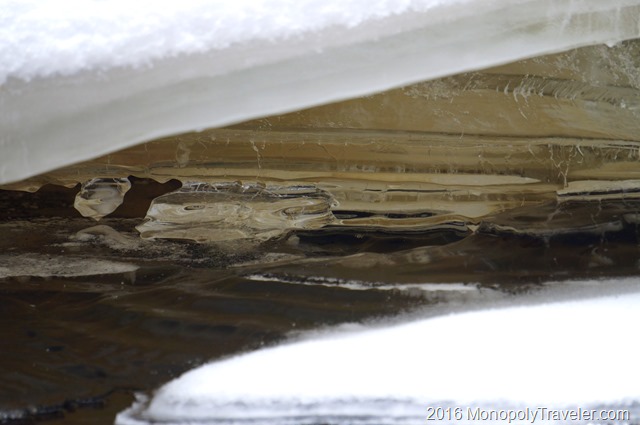
As we continued our hike around a portion of the Gooseberry River I found a few other locations providing a snapshot into the layer upon frozen layer of water making up this thick sheet of ice. In the above photograph you can see the layers underneath the top layer which is still coated in snow. The darkest portions are running water flowing underneath all of this ice. I believe the water depth in this area is several feet so while it looks relatively shallow, that look is deceiving.
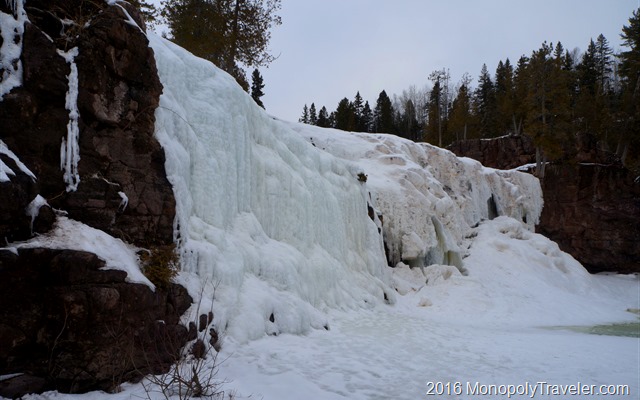
Making our way to the lower falls you can see the magnificent rocks covered in all of this ice. in our explorations we confirmed water running under much of this as there were a few spots open to the water underneath as well as sounds of rushing water muffled by layers of ice. There were some great shapes created from the freezing and thawing during the recent days. It’s interesting to look at all these little details that combine together to make this amazing ice walls. Sometimes I forgot I was standing over running water as I was attempting to photograph these small icicles and crystals and their curious shapes.
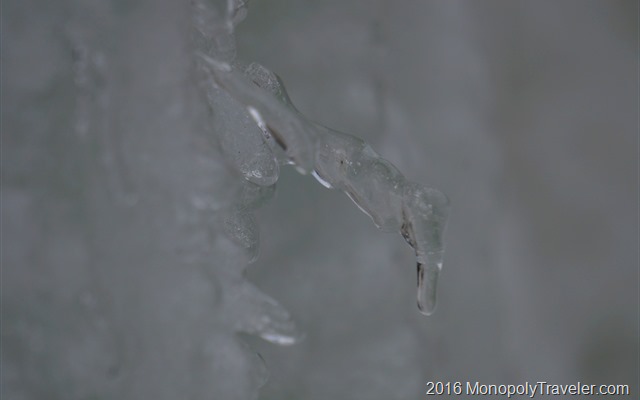
Darkness was approaching on this already cloud covered light and the wind was growing colder so it was time to exit this beautiful ice river and falls. Before we did I was amazed further by the resilience of trees that grow out of these rock ledges as in the winter they are also ice covered. How they continue to grow surprises me and I work with plants almost every day. These tree roots and icicles clinging to the side of this stone wall made for a sight you don’t expect to see.
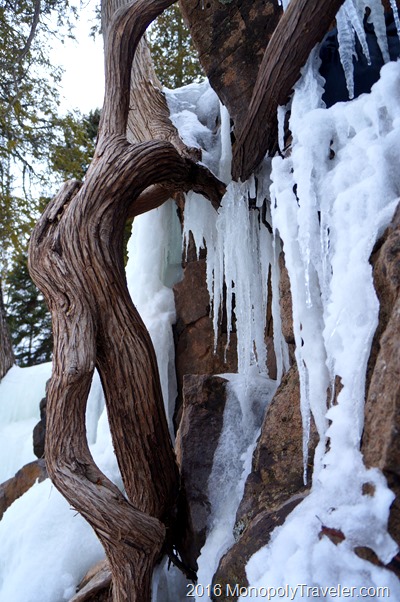
Gooseberry Falls State Park has a beautiful visitors center with great information about the North Shore of Minnesota but was unfortunately closed as we were exiting. In the absence of park personnel, we were sent on our way by some of the park residents. Although they seemed to prefer our departure instead of wanting to be interacted with.
